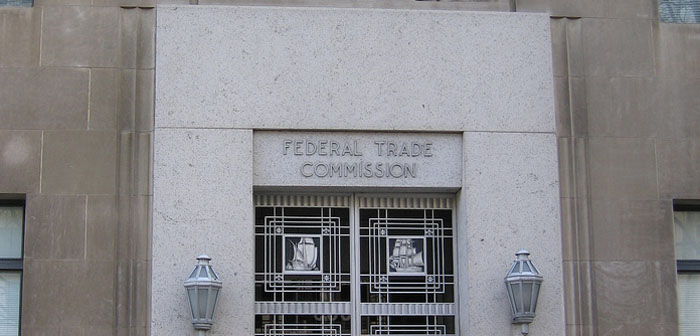
Alec Green is vice president of marketing for The Search Agency, an online marketing agency specializing in SEM, SEO, Social Media, Display, CPO, & Landing Page Optimization.
Search engines adapt to compete in the ever-changing search marketplace. But because they derive revenue from ads, search engines have an incentive to convince users to click on them, which may come at the cost of user experience as the lines between paid ads and organic search results blur. They seem to try to cut corners, without ever really earning their success.
This blatant disregard for online advertising rules prompted the Federal Trade Commission to revise its original 2002 guidelines for ad disclosure.
Clarity and prominence are the cornerstones of the no-longer new guidelines – search engines must clearly and significantly distinguish ads from organic search results. Visually, the letter requires that advertisements use evident shading with a clear outline, a prominent border or both. For text labels, the guidelines call for a uniform label that unambiguously identifies the result as advertising, is clearly visible, and is located close enough to relevant search results.
So how do the big three search engines stack up? All of them have room to improve. Let’s start with Google, which received 86.9 percent of the ad-click share according to a recent report.
Google features two ad displays. The ads at the top of the organic results have a blatant tan background and include a text label on the top left corner that clearly identifies the results as ads – all good qualities. However, while the ads to the right also have a text label, they lack a shaded background or noticeable border.
How would competitor Bing stack up on the same search query?
Bing’s page resembles Google’s in its use of two sections of ads, one in a shaded box above the organic results and one in a panel to the side. Bing’s shading, however, consists of a translucent-green box that nearly disappears when viewed on different monitors. It does get bonus points for adding a shaded edge to the right, giving the box a slightly 3D look that, if exaggerated, could really improve the ads’ distinction from the rest of the results. The text label, “Ads,” is clear enough but appears as tiny text in the top right, against FTC recommendations for the left. The ads on the side panel to the right have the same text label but like Google, lack background shading or a prominent border.
Finally, let’s look at Yahoo’s performance:
Yahoo is the worst offender by far. One glance at the search results page reveals a weak distinction between ads and organic results. However, Yahoo does include decent text labels, even placing them in the top left corner. However, the shading is “existent” but nowhere close to the FTC’s guideline of being “prominent.”
These examples show that all the major search engines have room for improvement. The fight for ad revenue is becoming increasingly fierce, and toeing the line on ad disclosure could be one means of garnering more paid clicks. But the FTC is cracking down, and it won’t be long before the search engines are forced to respond.
Image via Flickr
More in Marketing

Q1 ad rundown: there’s cautious optimism amid impending changes
The outlook for the rest of the year is a tale of two realities.

WTF is the American Privacy Rights Act
Who knows if or when it’ll actually happen, but the proposed American Privacy Rights Act (APRA) is as close as the U.S. has ever come to a federal law that manages to straddle the line between politics and policy.

Here’s how some esports orgs are positioning themselves to withstand esports winter
Here’s a look into how four leading esports orgs are positioning themselves for long-term stability and sustainability, independent of the whims of brand marketers.








